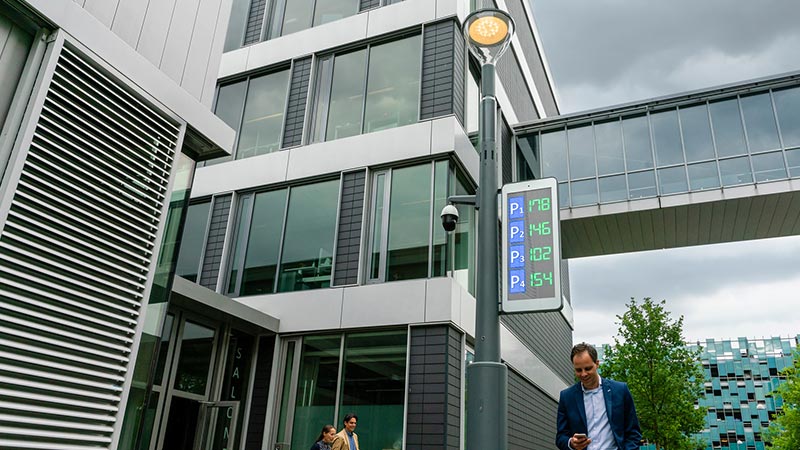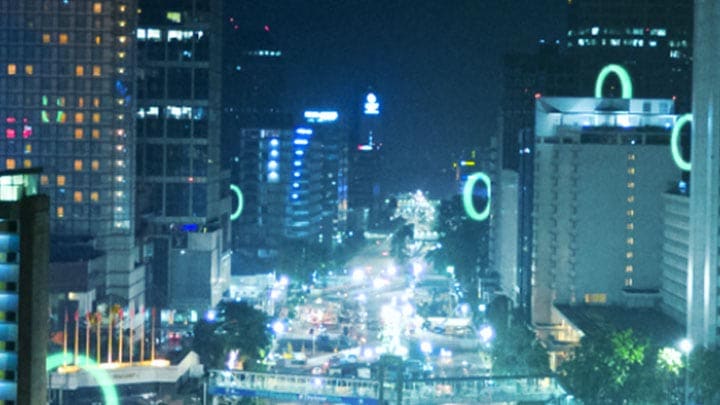July 06, 2020
There are environmental, economic, and social benefits in moving towards city-wide smart lighting systems
City planners across the world are turning their attention towards smart digital infrastructure as they adapt to rapid urbanization.
What was once a simple system of buildings, roads, and bridges is now an integrated and interconnected web of physical and online services as we move ‘online’ – and one such transition has been in the way we light our cities.
Signify is pioneering the way in which street lighting technology can radically expand the possibilities and future-proof urban areas.
Having recently been rated as the 2020 global leader in smart city street lighting by Guidehouse Insights, Signify has recognised the integral role lighting plays in the smart city market.
Essentially, smart street lighting uses a management system which enables streetlight luminaires that are connected to be remotely controlled and monitored through a centralised online application.





